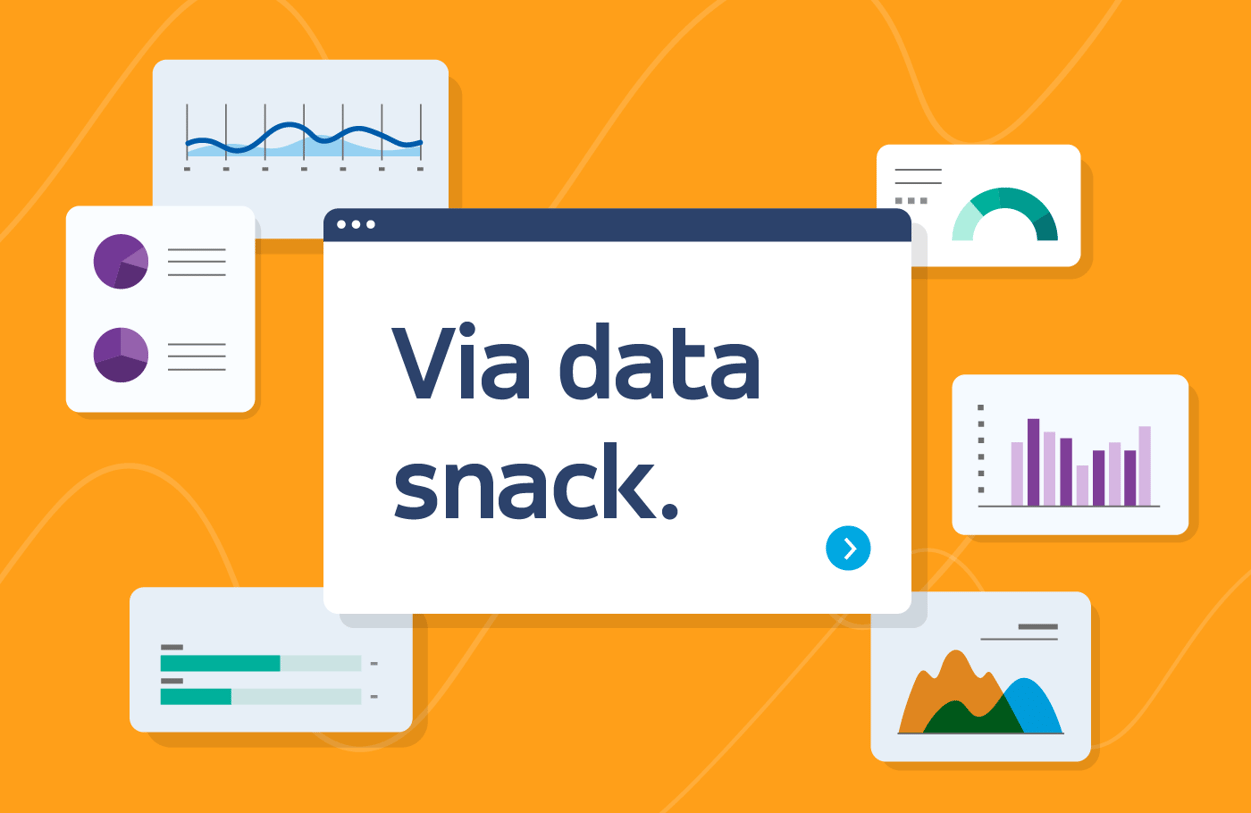In major US cities, it can take more than twice as long to reach the nearest hospital or urgent care facility on a typical weekend morning. With nearly 9% of American households lacking access to a private vehicle, this means that up to 30 million people face the difficult prospect of navigating long headways or bus transfers while ill, injured, caring for a sick child, or simply en route to a doctor’s appointment.
Similar travel time gaps appear in trips to other destinations essential to health and wellbeing, like pharmacies and grocery stores. With clinics popping up more frequently than transit networks can be redesigned — and limited funding to increase fixed-route access to outlying areas where newer facilities are often built — traditional transit modes can struggle to provide continued reliable access over time.
Researchers have long understood that access to transportation can influence access to healthcare. Americans without cars or the ability to drive face barriers that can exacerbate existing inequalities: riders who rely exclusively on public transit are more likely to be seniors, people with disabilities, and individuals from low-income families.
TransitTech has the potential to provide an efficient and affordable mobility option for the millions of Americans who struggle to access healthcare. In cities like Birmingham (AL), Wilson (NC), and Salem (MA), 10% riders of on-demand transit rely on the services to seek care. This mobility mode combines the flexibility of personal driving with the affordability of public transit. At Via, we also offer solutions for non-emergency medical transport (NEMT) to further increase healthcare accessibility.

Data Journalist




